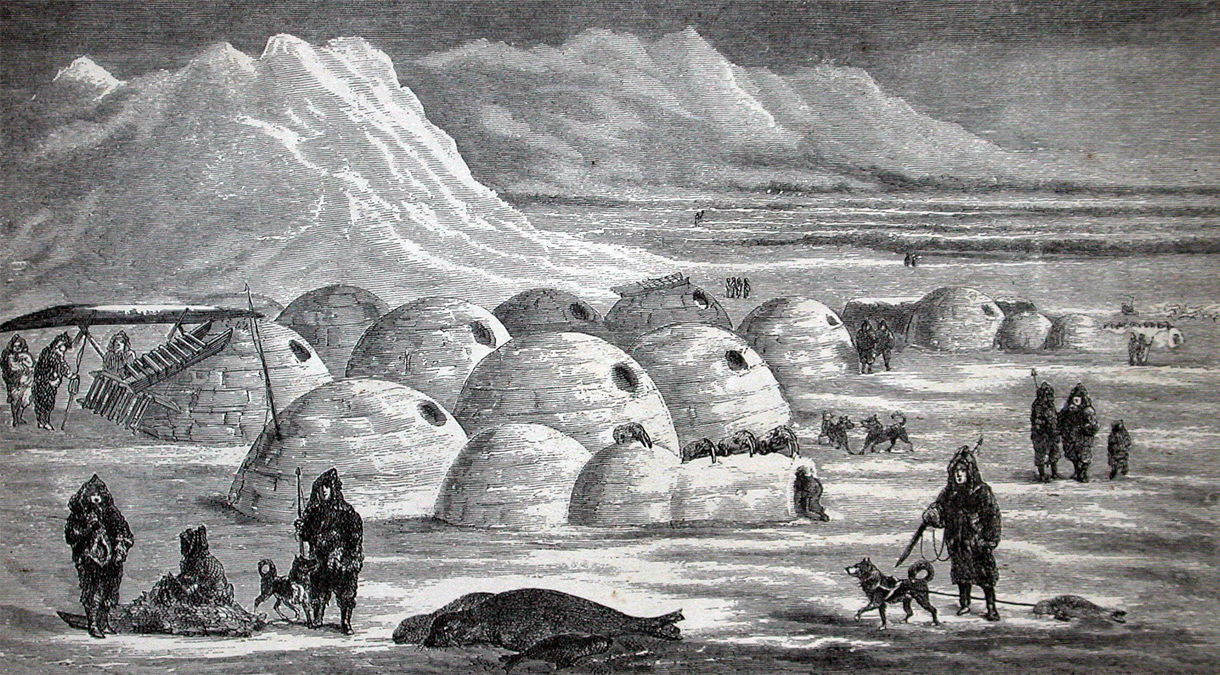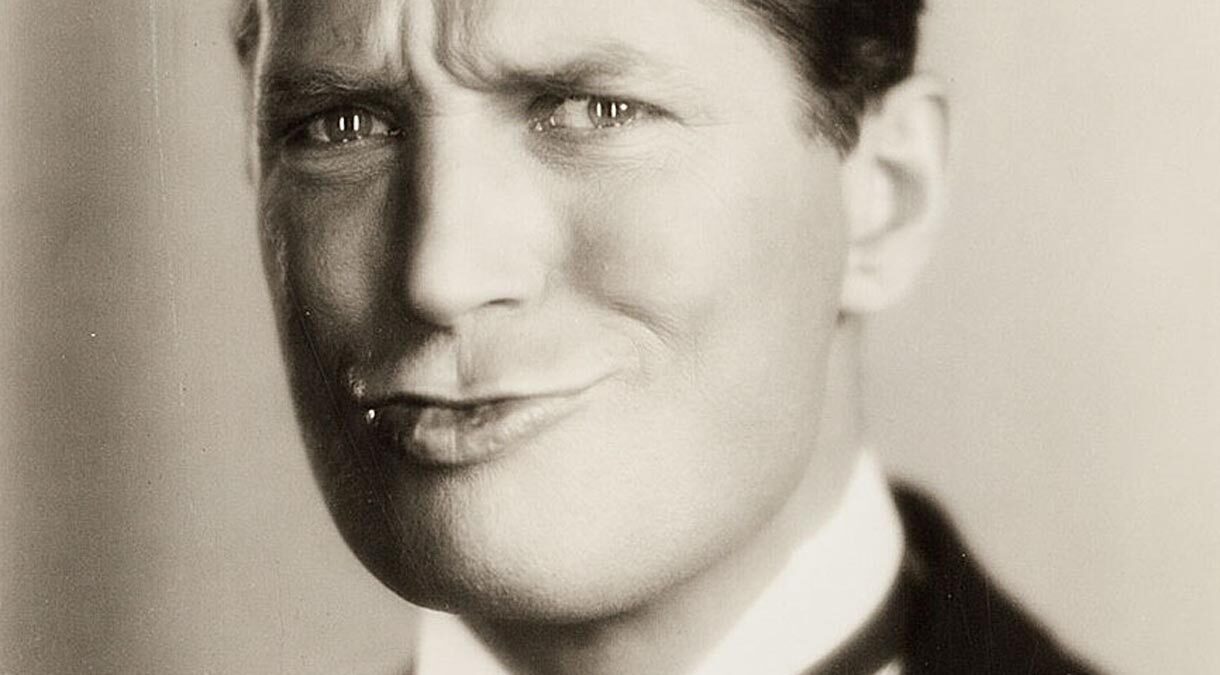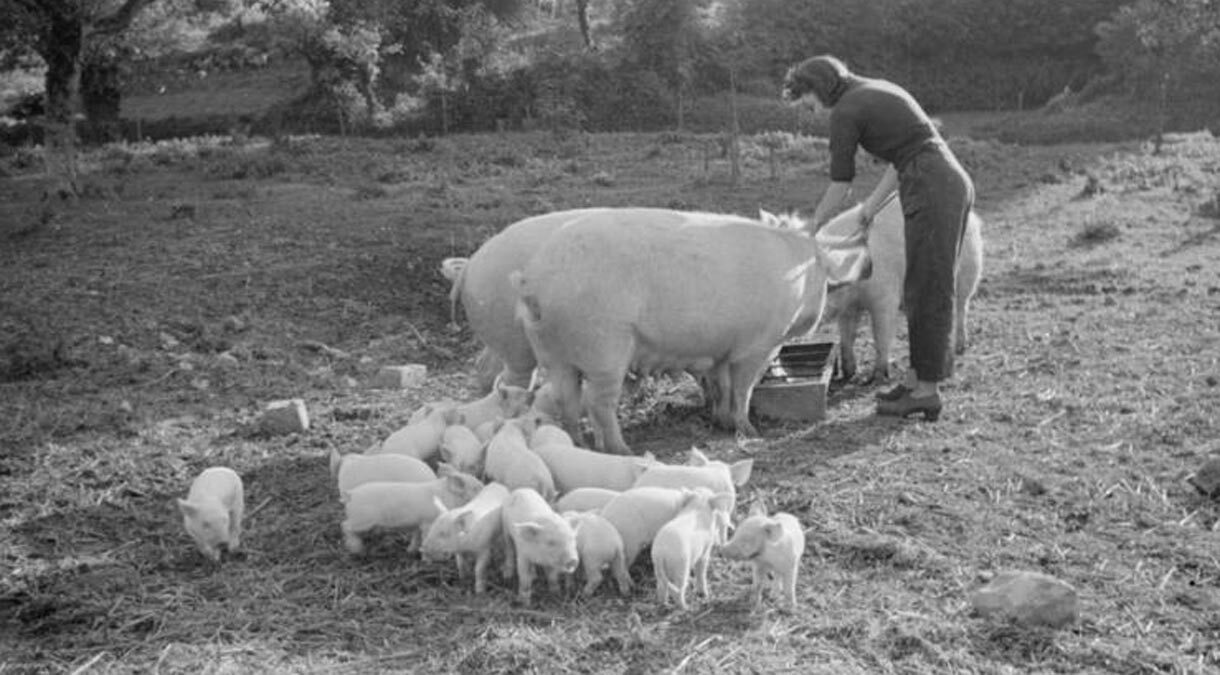“Sweetheart’s Holiday.” Music by J. Russel Robinson, words by Irving Kahal. Recorded in Studio A, Hayes, Middlesex on January 24, 1930 by the Rhythmic Eight under the musical direction of John Firman with vocalist Maurice Elwin. Zonophone 5559 mx. Yy-18307-3.
Personnel: John Firman dir. Sylvester Ahola-t / Danny Polo-cl-as-bar / ?E. O. Pogson-cl-as / Johnny Helfer-cl-ts / Bert Read-p / Joe Brannelly-bj / Billy Bell-bb / Rudy Starita-d-vib-x / Maurice Elwin-v
“Sweetheart’s Holiday” 1 was composed by J. Russel Robinson (who had been a member of the Original Dixieland Jazz Band and who had written “Singin’ the Blues”), with words by Irving Kahal (who would, the next year, write the words for the hits “You Brought a New Kind of Love to Me” and “By a Waterfall”). The incredibly catchy tune’s lyrics repeatedly reference an upcoming tryst (a “sweetheart’s holiday”) with a “steady” (slang for boyfriend or girlfriend); personified aspects of nature (the moon and the birds, for example) are described as taking part in the preparations for lovers’ rendezvous.
In the peppy Rhythmic Eight version of “Sweetheart’s Holiday,” the individual virtuosity of the players is very much in evidence. Particularly memorable is a segment where Bert Read achieves a ragtime piano sound, accompanied by Rudy Starita on the drums (the cymbals would appear to be rather near the microphone 2). The latter’s playing approximates the sound of tap-dancing feet.
Maurice Elwin’s vocal refrain is upbeat and does credit to the song’s admirable wordplay. It is a comparatively short vocal interlude but memorable, nonetheless. I first heard this song in the Tom Clines version, where Jack Carney provides elegant but somewhat awkward and mannered vocals. Elwin, by comparison, sounds natural and youthfully enthusiastic. The overall effect is perhaps most comparable to Elwin’s vocal chorus in the Rhythm Maniacs version of “She’s My Slip of a Girl” (recorded only a week after “Sweetheart’s Holiday”), where he also engages in a rapid-fire delivery of playful love lyrics.
“Sweetheart’s Holiday” was recorded in the United States in 1929 by Jerry Macy and Ed Smalle, The New Yorkers, Tom Clines and His Music (v. Jack Carney), Tom Gott and His Rose Room Orchestra (v. Scrappy Lambert), Ted Wallace and His Campus Boys (v. Smith Ballew), Walter Cummins, Henry Busse and His Orchestra (v. Richard Barry), Lee Morse, and Charles W. Hamp. It was also sung by Georgie Price in a Vitaphone short, Don’t Get Nervous.
It was recorded in Britain in 1929 by The Savoy Plaza Band (dir. Les. Norman/v. by unknown person) and by Bidgood’s Broadcasters (as Nat Lewis and His Dance Band/v. Tom Barratt).












